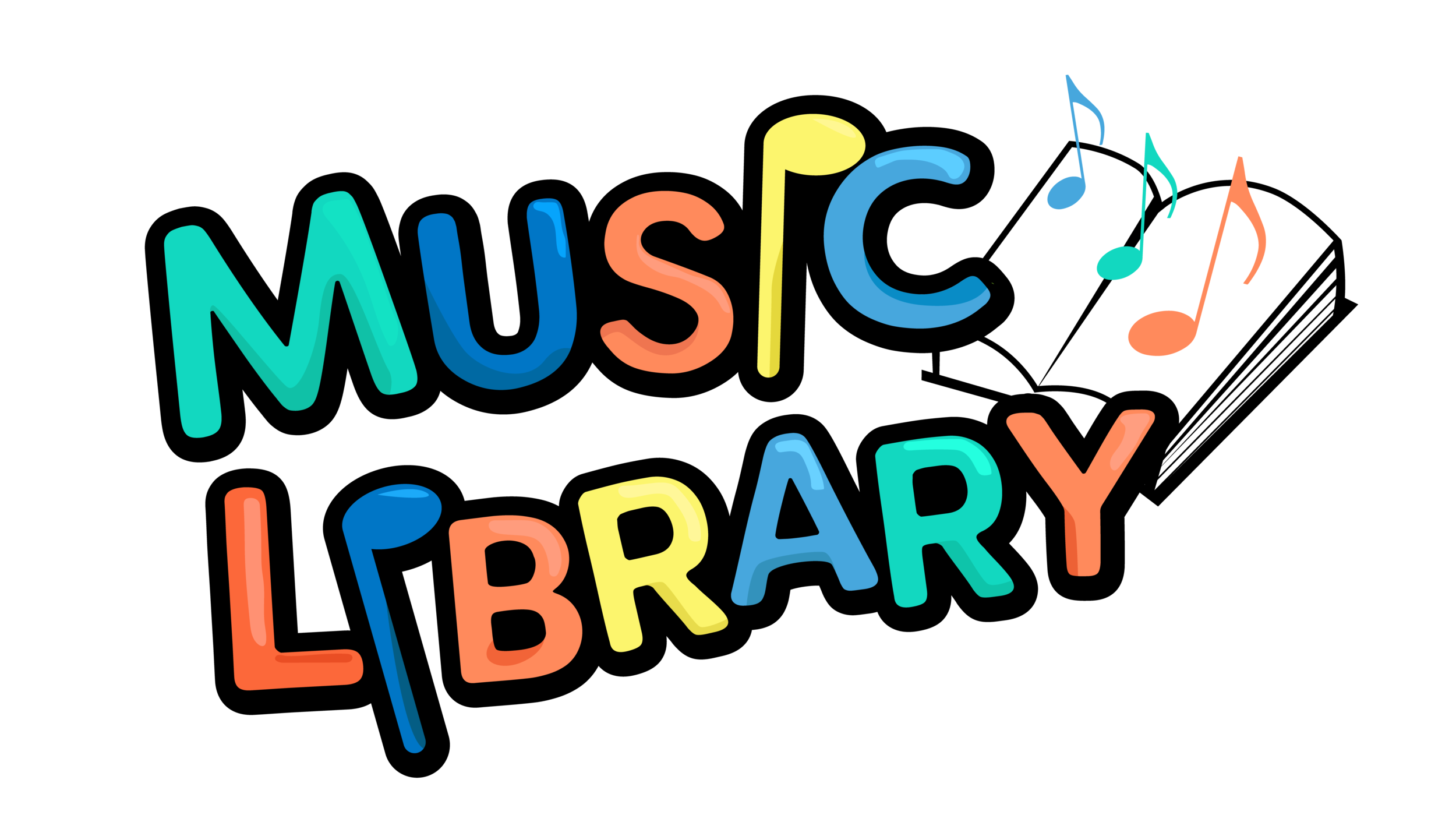The Oboe Goes Boom Boom Boom
Boom! Boom! Boom!
That’s not the sound most of the instruments you’ll read about in this entertaining story by Colleen AF Venable make, but it is a fun one and Felicity, a new student in band class, is very eager for her time in the spotlight.
Told from the perspective of a band director (Mr. V), The Oboe Goes Boom Boom Boom will have kids laughing and music teachers nodding (and crying?!) in solidarity at the all too familiar scene that is helping eager, young musicians choose and learn about their new instruments.
I love this book for introducing instruments, instrument families and genres-each “band member” is inspired by a real musician and a short bio for each is provided in the back of the book. The plot twist is heartwarming and unexpected and the illustrations by Lian Cho help convey the sense of organized chaos that is the wonderful world of music education.
L👀K
How Woodwind Instruments Work
Felicity may not have chosen to play the oboe, but let’s take a look at how instruments in the woodwind family work!
Tuba Demonstration
Shiny! No wonder Felicity chose this amazing instrument!
Listen
“The Band” members from The Oboe Goes Boom Boom Boom are a talent and diverse group of musicians.
This unique playlist has little bit of everything-from jazz to classical, 1800’s to present day.
Learn
The Oboe Goes:
We know the oboe doesn’t really go boom boom boom, but what sound does it make?
This fun chant will help you remember the names of the instruments and use onomatopoeia to create instruments “sounds.”
Grab a drum (to keep that steady beat!) and follow along!
The Oboe vs The Clarinet
The oboe is a member of the instrument family. Many people confuse the oboe withe the clarinet. They are very similar (and many oboe players start off on the clarinet) but there are a few very important differences:
Clarinets use a single reed that is wide like a popsicle stick.
Oboes have a double reed that is long and thin.
The oboe has a bell (end) that is circular.
The clarinet has a flared bell that is cone-like.
The biggest difference between these two instruments is in their sounds. Hear for yourself:






